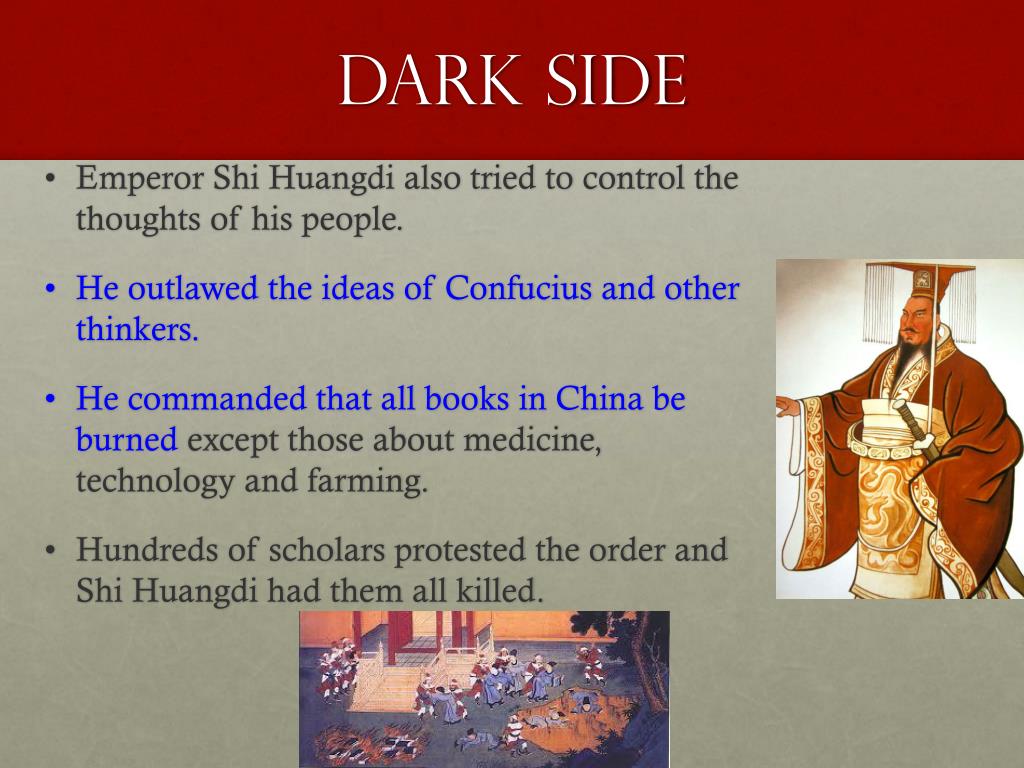

In others, Chang’e is simply a greedy women who steals the elixir out of selfishness. In some retellings, Chang’e is forced to drink the elixir when her husband’s apprentice tries to steal it for himself. This is a myth that features a few variations. While Chang’e is associated with a number of different myths, she is best known for stealing the elixir of immortality. Some historians believe that Chang’e may be Changxi’s mother due to their similar names and status as moon goddesses. In some versions of her myth, Chang’e served the Jade Emperor before being condemned to live as a mortal for accidentally breaking a porcelain pot.Ĭhang’e is often confused with the less popular lunar goddess, Changxi, who gave birth to twelve moons. FamilyĬhang’e is married to the legendary archer hero Hou Yi.


Occasionally, Chang’e may be depicted as an ugly toad. She is sometimes shown holding an elegant white rabbit. In art, Chang’e is consistently depicted as a graceful young lady wearing stylish hair ornaments and long, flowing robes. She had pale, milky skin, hair as black as night, and lips like cherry blossoms. Prior to becoming the spirit of the moon, Chang’e was a woman renowned throughout China for her beauty. Thus, the name “Heng’e” was changed to “Chang’e.” Attributes An emperor’s name was supposed to be unique, and having a name so similar to another Chinese cultural figure would have been considered very taboo. Her original name was changed, however, because the emperor Liu Heng (劉恆) used a similar character in his name. In other styles of romanization, Chang’e (嫦娥) is sometimes referred to as Chang’o.Ĭhang’e was once known as Heng’e (姮娥). The goddess Chang’e’s name is comprised of cháng (嫦), a character completely unique to her name, and é (娥), meaning “pretty, young woman”.


 0 kommentar(er)
0 kommentar(er)
